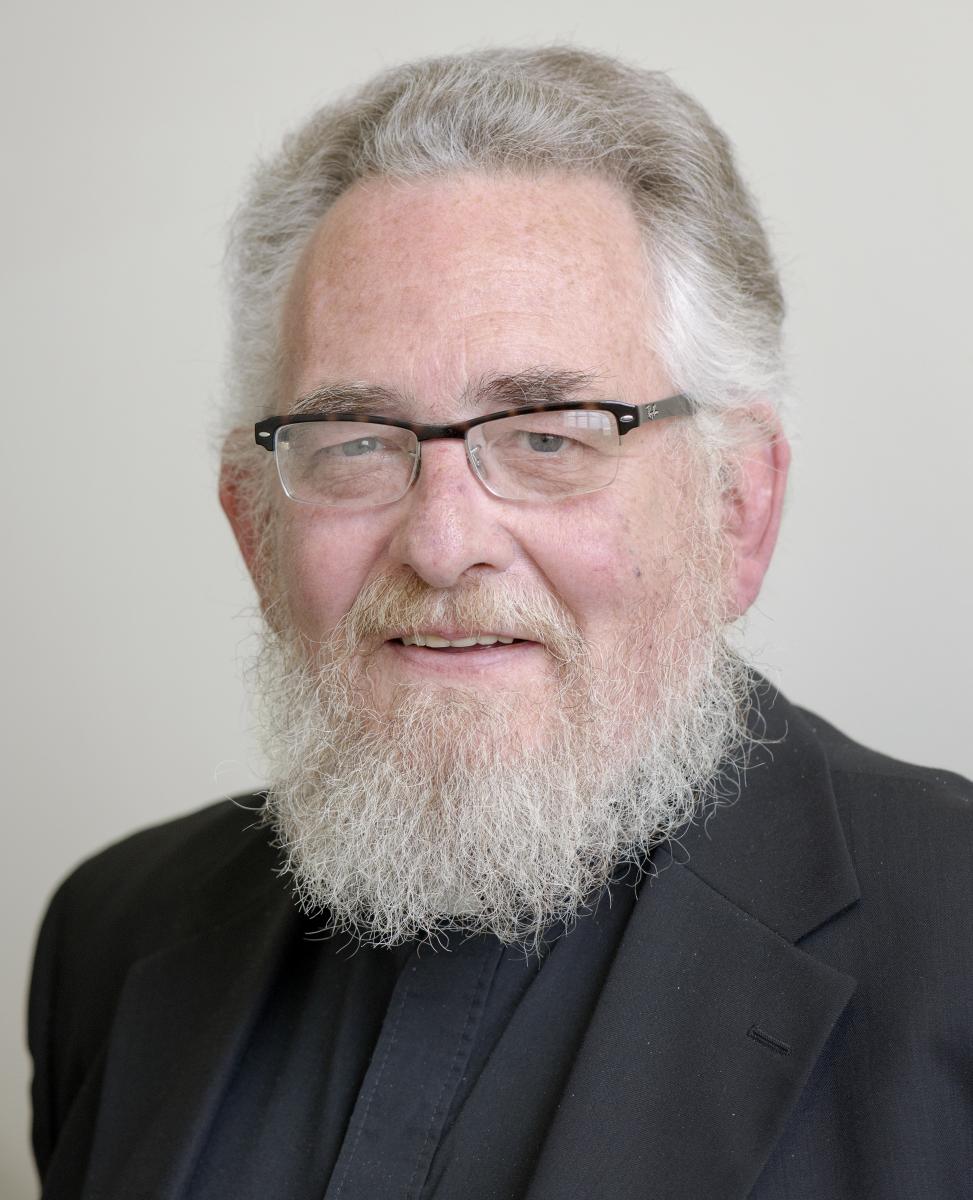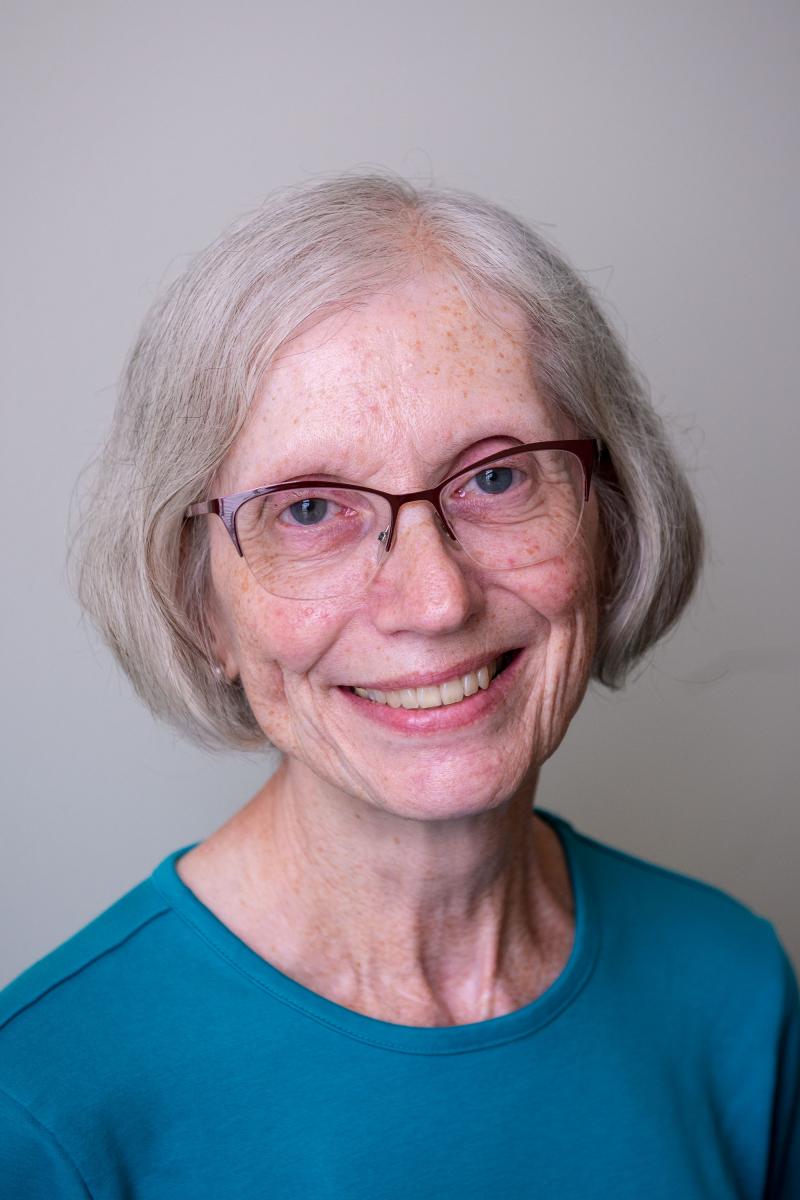Diocese Again in Compliance with U.S. Bishops" Charter
By Karen M. Franz
A Jan. 14 letter to Bishop Salvatore R. Matano confirmed that the Diocese of Rochester was found to be in compliance for the 2017-2018 period with all articles of the charter audited on-site by StoneBridge Business Partners, a Henrietta-based specialty compliance auditing, fraud and forensics-services firm hired in 2012 by the U.S. Conference of Catholic Bishops. The diocese has been found in compliance every year since the audits began in 2003. (StoneBridge is an affiliate of EFPR Group, longtime financial auditor for the Rochester Catholic Press Association Inc., publisher of the Catholic Courier. The Diocese of Rochester is not a client of EFPR Group.) StoneBridge’s national report on the 2018 audit process including Rochester will not be published until May. However, in its 2017 report of on-site audits of 61 dioceses, archdioceses and eparchies — including the dioceses of Albany, Buffalo and Syracuse — and data-collection audits of 133 others, StoneBridge noted that “Between July 1, 2016 and June 30, 2017, 654 survivors of child sexual abuse by clergy came forward in 129 Catholic dioceses and eparchies involving 695 allegations. … The abuse was purported to have occurred from the 1940’s to the present.” StoneBridge added that 24 of the 695 allegations involved current minors. Six of the 24 allegations were substantiated by June 30, 2017, and the clergy were removed from ministry. “These allegations came from three different dioceses,” auditors wrote, adding that “Four of the six allegations were against the same priest.” StoneBridge’s report to USCCB on its 2017 audits was accompanied by a survey report by the Center for Applied Research in the Apostolate at Georgetown University. The CARA survey showed that children under the age of 18 in 2017 were involved in four — or 1 percent — of 373 new, credible allegations of sexual abuse of a minor by a priest or deacon received by responding dioceses between July 1, 2016, and June 30, 2017. “Nearly all of the other allegations were made by adults who are alleging abuse when they were minors,” the report said. These recent data are consistent with the findings of “The Nature and Scope of Sexual Abuse of Minors by Catholic Priests and Deacons in the United States 1950-2002,” a study produced 15 years ago on behalf of USCCB by the John Jay College of Criminal Justice. That report stated: “The distribution of reported cases by the year the abuse is alleged to have occurred or begun shows a peak in the year 1970.” The report also showed that “Less than 13% of allegations (between 1950 and 2002) were made in the year in which the abuse allegedly began, and more than 25% of the allegations were made more than 30 years after the alleged abuse began.” Is the dramatic decline in recent years of cases of new sexual abuse by priests, both nationally and locally, fully attributable to safe-environment programs established in the wake of the U.S. bishops’ charter? “We’re not apart from the culture,” Father Condon remarked. “I think a couple of the differences are that in whatever environment children are harmed — whether at church, school, Scouts, sports programs or in their homes — they are more willing to report and more likely to be heard today.” Nevertheless, creating and maintaining safe environments is an ongoing effort, one that demands almost daily activity by certain diocesan and parish staff members, the chancellor noted. To ensure that work is done consistently, the diocese always requests that optional parish visits be conducted during on-site audits, Father Condon said, adding that he asked the auditors to select parishes themselves rather than having them chosen by the diocese.
Karen Rinefierd, who has served since 2016 as diocesan coordinator of safe-environment education and compliance, said auditors made visits in late 2018 to St. Francis and St. Clare Roman Catholic Community in Waterloo/Seneca Falls, St. Joseph the Worker Parish in Clyde/Savannah/Lyons, St. Benedict Parish in Canandaigua/Bloomfield and St. Mary School in Canandaigua, meeting with parish and school officials in those places. Father Condon noted that Rinefierd has worked to establish at every parish and school safe-environment coordinators who ensure compliance with training and background checks. While the compliance of diocesan and parish employees with training and background checks is tracked by means of a human capital management system adopted by the diocese in 2015, tracking compliance among an ever-changing population of parish and school volunteers has not yet been automated. Rinefierd acknowledged that enforcement is a daunting task considering that thousands of employees and volunteers in the diocese need to be trained and retrained, and that parish safe-environment coordinators are usually parish employees who have many other responsibilities as well. “It’s constant follow-up and checking,” she said. Father Condon also noted that “we have a much broader net in terms of who we are asking to submit to background checks” at the parish level. He acknowledged, for example, that such volunteers as festival workers may interact with teenagers for just a few days a year. But they must be screened along with those who regularly minister with children because those few days of working together could establish a relationship of trust between a volunteer and young people, he said. “Children are harmed by people they trust,” Father Condon remarked, and the diocese needs to ensure “that relationships of trust are transparent and open.” Although the national audit report for 2017 found that many dioceses and eparchies suffered from disorganization and insufficient staffing that prevented them from adequately implementing safe-environment standards, Rinefierd said the Rochester Diocese is continually investing additional time and money in its safe-environment programs. She noted that each parish and school is expected to provide accessible information on how to report sexual abuse. This responsibility, which also falls on parish and school safe-environment coordinators, is accomplished by means of posters and brochures as well as bulletin notices. In addition, she said, “we’ve done quite a bit in terms of making safe-environment materials available in Spanish,” noting that brochures and bulletin notices are issued in both English and Spanish, and that a quarterly safe-environment newsletter is bilingual. Parish and school safe-environment coordinators also work with pastors and parish administrators to ensure that parishes receive all necessary suitability for ministry documentation for visiting clergy. These forms or letters ensure that visiting clergy have complied with all charter-related requirements in their home dioceses. “I met with (the auditors) formally a number of times and know that they were pleased with their parish visits,” Rinefierd said. She added that auditors found the parish and school representatives to be highly competent in their knowledge and execution of the charter. Despite the challenges of coordinators’ work, Rinefierd said “I have never, thankfully, run into somebody who didn’t want to do this and do it well. Our people are very concerned that our kids be safe.” Such concern is seen in the Rochester Diocese’s commitment to exceeding auditors’ recommendations on some aspects of charter implementation. In its 2017 report, for example, StoneBridge recommended that dioceses conduct repeat training and background checks every five to seven years. But the Diocese of Rochester continues to repeat them every three years because Bishop Matano thinks that is an appropriate interval, Father Condon noted. “You want them to keep (the training) in their heads, you want them to remember it’s important,” Rinefierd explained. “We’re basically trying to build a culture so that when people see something that looks unusual in the environment — at a retreat center, in a religious-education class — we want them to pay attention to what doesn’t look right, and we want them to pursue that.” Sensitizing employees and volunteers to situations that don’t look right has paid dividends even beyond church property. “Because of our safe-environment programs, we’ve also had people identify cases where they thought a child was being abused (outside of church settings) and they’ve called the authorities,” Father Condon said. Rinefierd also noted a strong diocesan affiliation with the Bivona Child Advocacy Center in Rochester, an organization she described as a “huge resource for the entire Northeast” and a valuable resource for people in education, law enforcement, social work and religious groups. Bivona will serve as host of a child-abuse summit April 24-25 at the Rochester Riverside Convention Center, she noted. “I think the charter is working in our diocese,” Rinefierd continued. “It was taken seriously by Bishop (Emeritus Matthew H.) Clark and is being taken seriously by Bishop Matano. I would say that, after the Eucharist, this is his highest priority.” Although StoneBridge found the diocese fully compliant with all audited articles of the charter, auditors did offer a few suggestions for improving diocesan programs. The first was for diocesan parishes and schools to add links on their own websites to the Protecting Our Children section of the diocesan website. In March, website code was made available to parishes and schools to facilitate this link. The second was for the establishment of five-year terms for the diocesan Review Board. Under the charter, diocesan review boards function as a confidential, consultative body to the bishop/eparch, advising him in his assessment of allegations of sexual abuse of minors and in his determination of a cleric’s suitability for ministry. Members of the Rochester Review Board — one current and one retired police chief; a clinical professor of psychiatry; a licensed clinical social worker who works with men who were sexually abused as boys; three lawyers: one specializing in family law, another in child advocacy and the third in criminal defense; and a parish pastor — currently serve open-ended terms. The auditors suggested that fixed terms might make it easier for board members to step away as needed and also to recruit new members, which Father Condon acknowledged is a real challenge. One of the tasks of the Review Board is to advise the bishop on the development of policies with respect to the charter. Father Condon said some such diocesan policies date back to the 1990s when the Review Board was first created and that the board had begun reviewing and updating them just prior to receiving a recommendation to do so from StoneBridge. The Diocese of Rochester did not receive a recommendation on the topic from auditors, but in its 2017 national report, StoneBridge recommended that all dioceses develop a program to formally monitor the whereabouts of clergy assigned to lives of prayer and penance. According to the diocesan website, such assignments are made in “cases where a priest or deacon has either admitted to a past act of abuse or has been found guilty of one, but dismissal from the clerical state does not occur” due, for example, to illness or advanced age. In such cases, the priest “is forbidden from all public ministry and from otherwise presenting himself as a priest” and “is expected to dedicate his life to praying for victims and repenting of his past offenses.” Father Condon said the Diocese of Rochester is well aware of the whereabouts of seven men shown as having been assigned to lives of prayer and penance on its 2012 list of dispositions of sexual-abuse claims resolved since adoption of the charter. He said most currently live in private residences or, in at least one case, a nursing home. Father Condon said their whereabouts are monitored by Darlene Serbicki, associate director of priest and seminarian services, and that “other priests pay attention” to their situations. “Everybody’s aware of their status,” he said. “We know where they live, and local people know where they live. They’ve returned, generally, to communities they were a part of. They haven’t gone to places where they were strangers.”
|
.
Any original material on these pages is copyright © BishopAccountability.org 2004. Reproduce freely with attribution.

